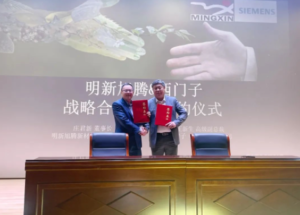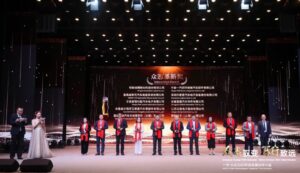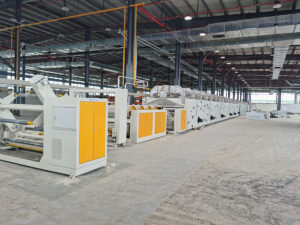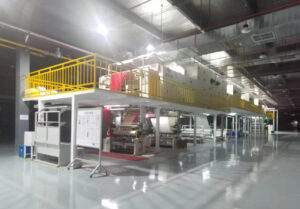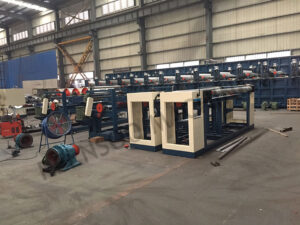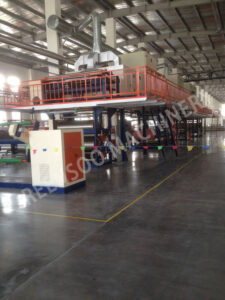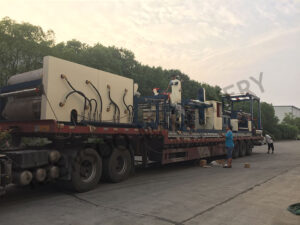PU (Polyurethane) and PVC (Polyvinyl Chloride) synthetic leathers are both popular materials used as alternatives to genuine leather in various applications, including fashion accessories, upholstery, and automotive interiors. While both materials share some similarities, they differ in terms of their composition, performance, and environmental impact.
PU synthetic leather is made by coating a layer of polyurethane on a fabric backing. It can be produced in a wide range of textures, colors, and patterns, and it is known for its softness, flexibility, and durability. PU synthetic leather is also breathable, hypoallergenic, and resistant to water and stains. It is often considered a more environmentally friendly alternative to PVC synthetic leather, as it can be produced with fewer harmful chemicals and is easier to recycle.
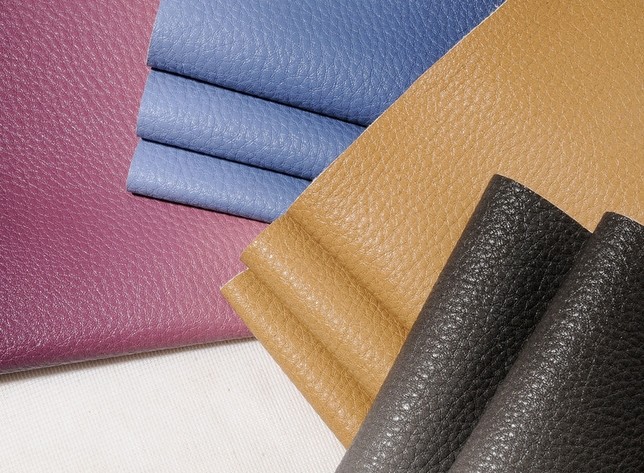
On the other hand, PVC synthetic leather is made by coating a layer of polyvinyl chloride on a fabric backing. It is known for its high durability, water resistance, and low cost. However, it is less flexible and breathable than PU synthetic leather and can crack or peel over time. PVC synthetic leather is also considered less environmentally friendly, as it requires the use of toxic chemicals such as phthalates and heavy metals during production and is difficult to recycle.

Overall, the choice between PU and PVC synthetic leather depends on the intended use, budget, and environmental considerations. PU synthetic leather is generally preferred for high-end fashion accessories and furniture, while PVC synthetic leather is often used for low-cost items such as shoes and bags.


